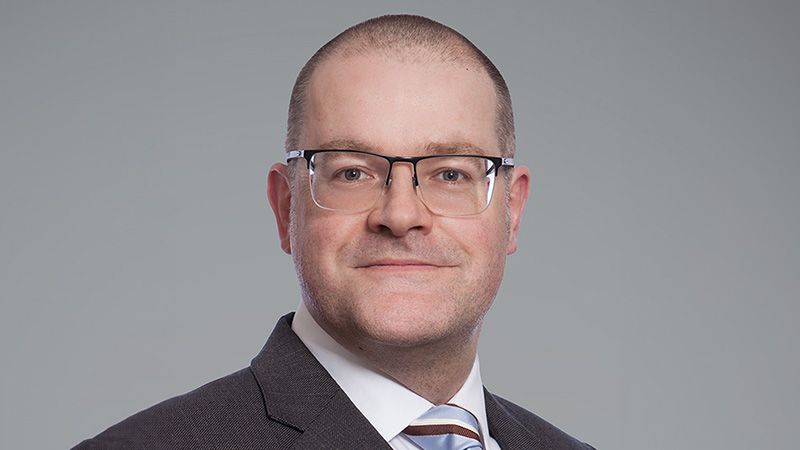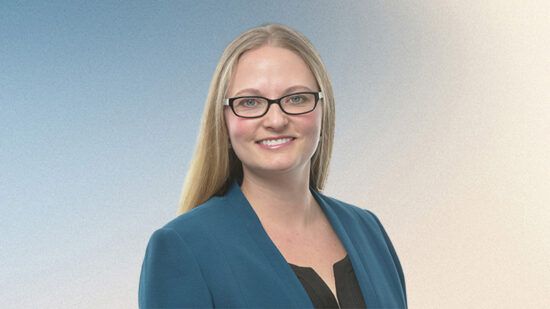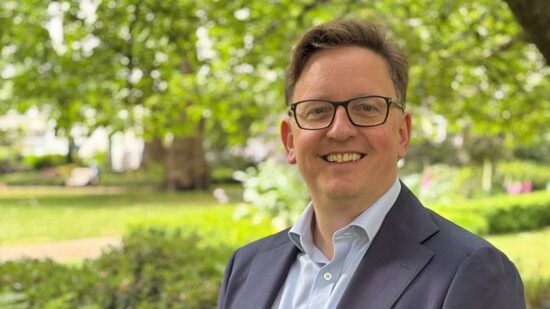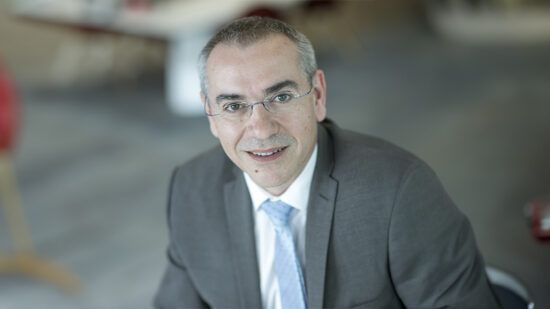Ashton Parker, senior portfolio manager at Lombard Odier Investment Managers, and who leads the company’s TargetNetZero strategy, answers PA Future’s questions on expectations for COP29 and COP16, educating clients and identifying companies with “credible” decarbonisation plans.
There are a number of high-profile climate events coming up with New York Climate Action Week, COP16 and COP29. Reflecting on what was highlighted and committed to at these events last year, how would you assess progress made?
Progress on climate action since last year’s major events has been mixed, with some positive developments but also continued challenges in meeting global climate goals. One of the key commitments from COP28 was to triple global renewable energy capacity by 2030. There has been significant progress in this area, with record investments in clean energy totaling $1.8trn in 2023. However, this still falls short of the estimated $4.5 ton needed annually by the early 2030s to stay on track for net zero emissions by 2050.
After the launch of the TNFD framework during NY Climate Action Week 2023, we have seen an increased focus on Nature and biodiversity, with emphasis as well on the critical link between climate change and biodiversity loss. A year after, gap remains in terms of the growing adoption by corporations of nature disclosure and target-setting frameworks.
What do you think will be earmarked as a key focus for COP16 and COP29?
The private sector will start discussing in more detail how to develop a low-carbon economy where nature protection and restoration are central to the transformed value chains. This is emerging as a key theme of COP16, but more broadly will be the central focus on the upcoming COP30 in 2025 in Brazil. On the other hand, COP29 is being dubbed the ‘Finance COP,’ with a primary focus on aligning climate finance contributions with global needs. While COP28 made some progress on adaptation, COP29 is expected to prioritise this area more heavily. There’s a recognition that adaptation efforts have been overshadowed by mitigation in the past, and COP29 aims to secure necessary resources for building resilience against climate impacts, especially in vulnerable communities. While COP28 set some important targets, we hope that COP29 will focus more on implementation and delivering the means to achieve these goals. This includes ensuring that climate targets translate into concrete and transparent actions
There is an increasing interest in transitioning companies but investor education is still needed around this. How are you educating clients on transition and engagement versus divestment?
We pay great importance to educating our stakeholders on transition investing, from our employees across the group to our clients. We held this year, our fourth annual Transition Investment Summit in London, and for the first time, a similar edition in Zurich. These summits allow us to gather investors and asset owners from various horizon to discuss the central question of the transition and educate about its intrinsic complexity. Lombard Odier is also a regular participant of Building Bridges in Geneva and the World Economic Forum in Davos where for instance, in 2024, we hosted conversations on how to better align economics with ecology, and development outcomes with conservation.
Tell us about the TargetNetZero strategy. What does it aim to achieve and through which types of investments?
In April 2021, we launched the TargetNetZero (TNZ) equity and investment grade credit strategies. Both have allowed us to pinpoint the companies that will have the largest and most effective impact on the shift to a net-zero economy, and to reaffirm our belief that forward-looking climate analysis and a focus on investment returns are compatible. The objective of the TNZ strategies (Global and European) is to deliver portfolios aligned with the goals of the Paris Agreement to keep global warming below 2˚C. Our process leverages an in-house Implied Temperature Rise (ITR) methodology developed by our sustainability research team. This is a forward-looking metric that identifies which companies in our investment universe have credible decarbonisation plans aligned with a net-zero economy.
How do you assess whether companies are suitable to sit in the portfolio? Can you explain Lombard Odier’s ‘ice cubes’ versus ‘burning logs’ theory?
As mentioned, a key feature of our TargetNetZero (TNZ) strategies is to leverage our proprietary and forward-looking ITR metric. Using this forward-looking assessment, we seek to find leaders of the climate transition in every industry focusing on real decarbonisation, unlike peers that avoid high-carbon sectors. TNZ portfolios have a greater focus on high-carbon industries, where we overweight ‘ice cubes’ (companies helping to ‘cool’ the economy) and underweight ‘burning logs’ (high-carbon laggards). This allows us to capture opportunities in sectors vital to the climate transition, as climate leaders have the potential to be rewarded with higher valuations relative to laggards over time.
Are you attending COP16 or COP29? Is this vital for an investment firm?
Lombard Odier is an active participant at global climate gatherings, with impactful agendas that draw on the expertise of our sustainability research and investment teams as well as a wider network of individuals shaping the future of the environmental transition and climate-focused investing. We are committed to consistent and meaningful engagement, understanding that the presence of the investment community at these gatherings is central to developing new solutions to accelerate progress towards climate and nature goals.








